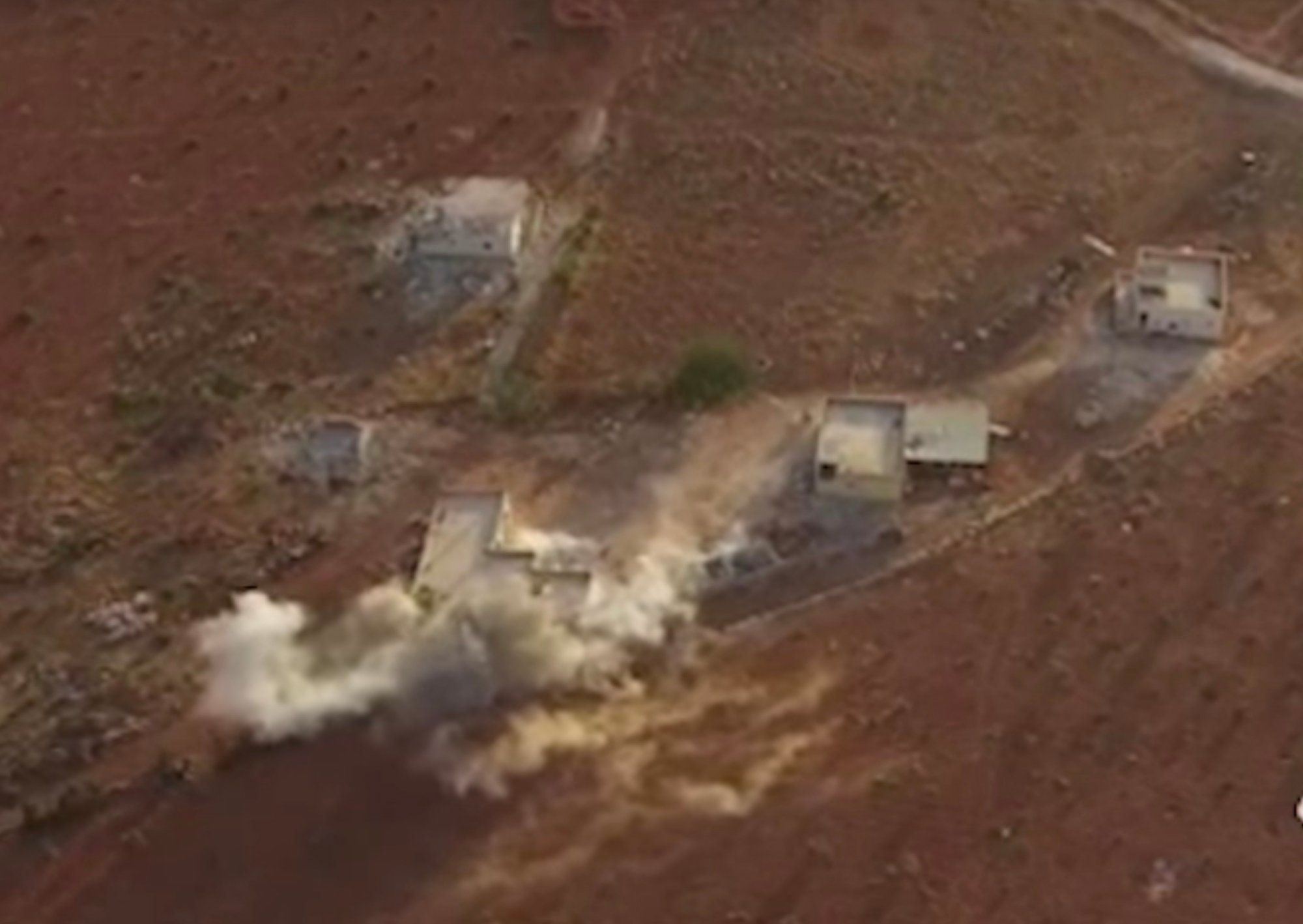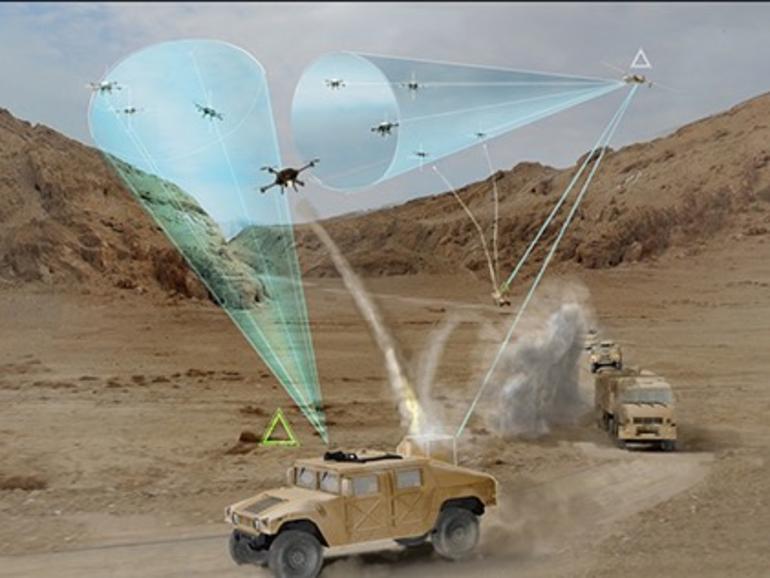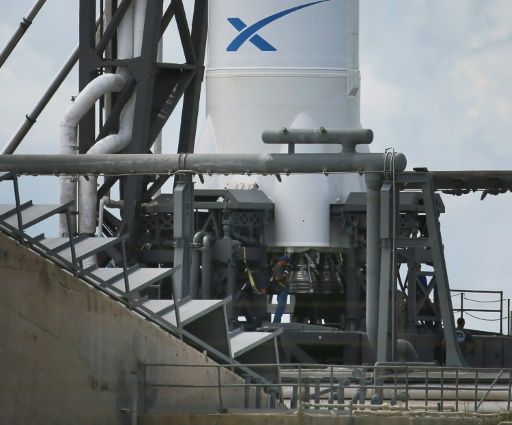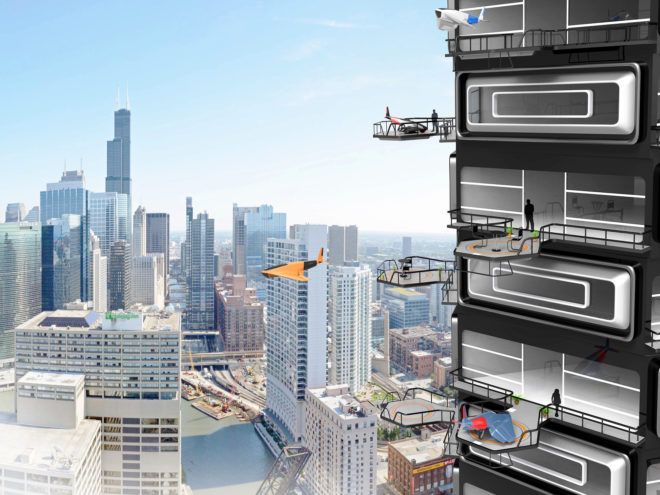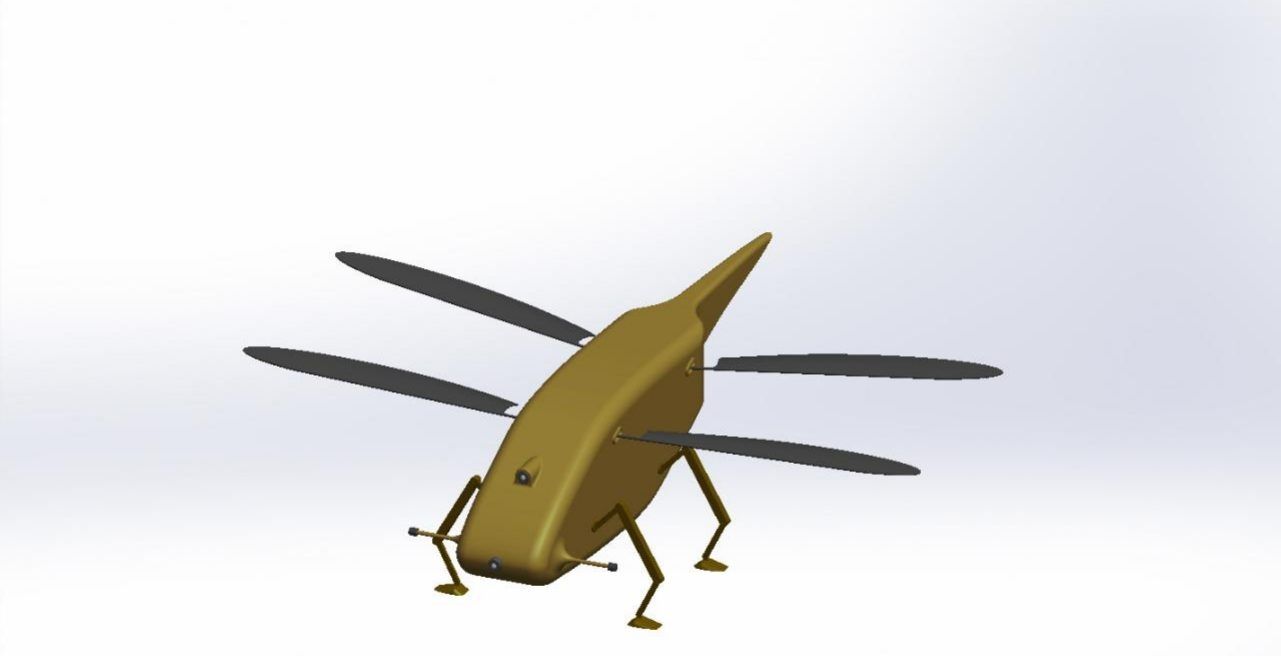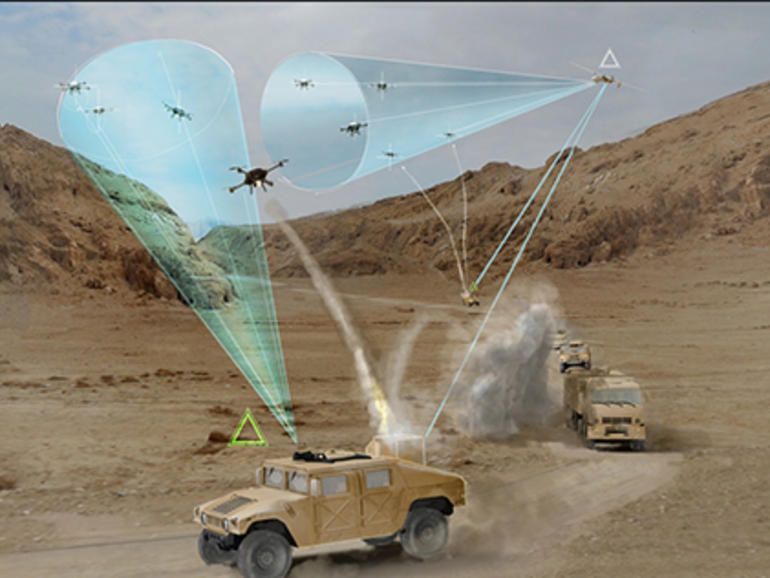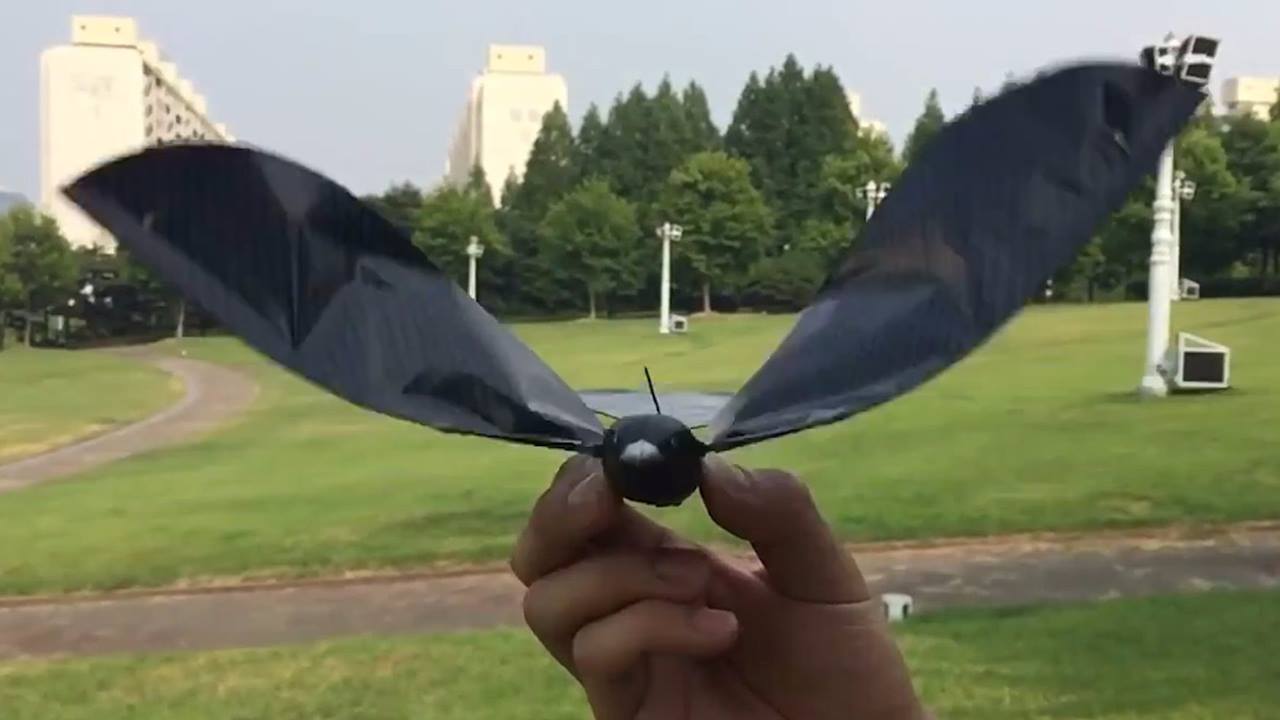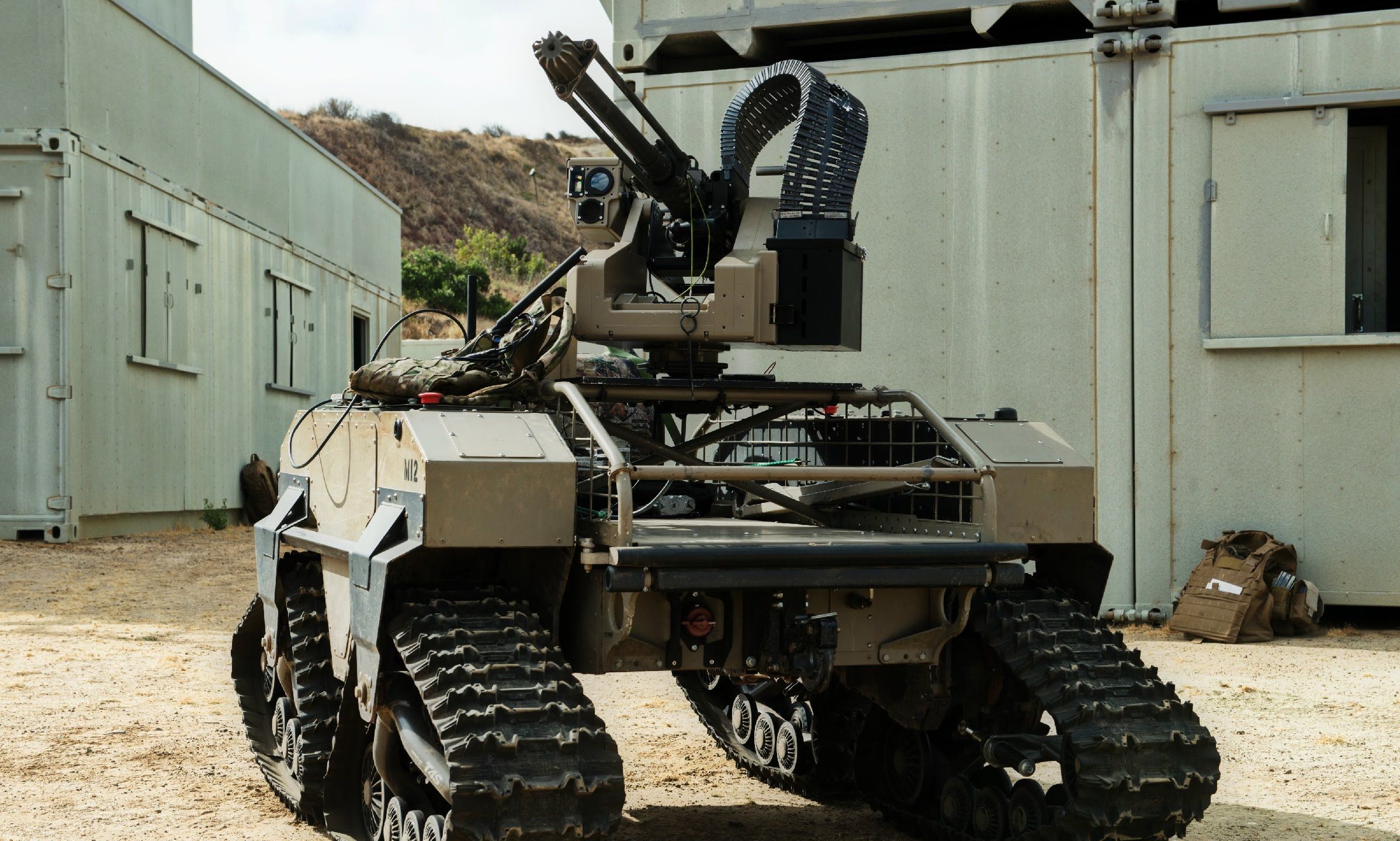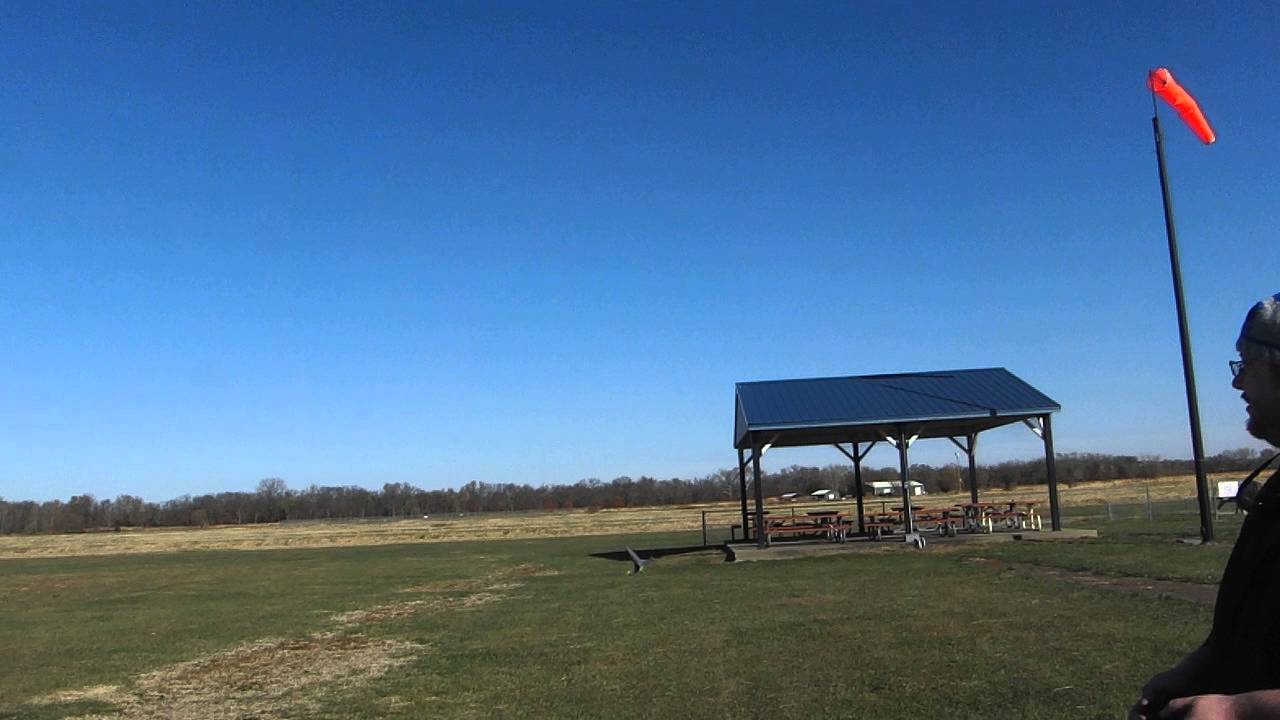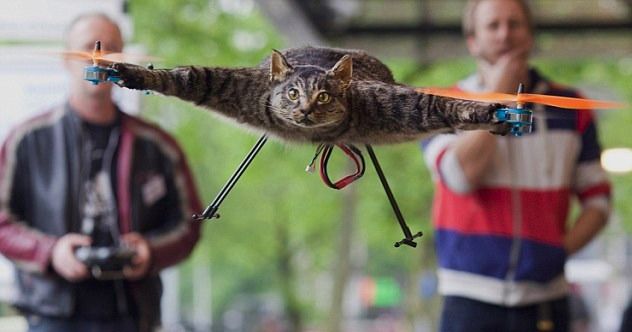I hate saying “I told you so”; however, it has happened. Whenever, technology is easily acquired means the bad people also has the same access via many sources.
As early as November 2004, Hezbollah sent Iranian-supplied Mirsad drones into Israeli airspace on spy missions, catching Israeli air defenses off guard. Shortly thereafter, Hezbollah leader Hassan Nasrallah proclaimed that the Mirsad could penetrate “anywhere, deep, deep” into Israel while carrying more than 200 pounds of explosives.
It was a bold claim for the time. The United States was the first country to deploy a modern, armed drone—the Predator—in 2001. For several years, America possessed a virtual monopoly on weaponized flying robots.
Nasrallah was perhaps exaggerating, but he wasn’t bluffing. In August 2006 during Israel’s brief, bloody war with Hezbollah in Lebanon, the militant group launched three explosives-laden Ababil drones toward Israeli territory. Israeli jet fighters shot down all three robots.
